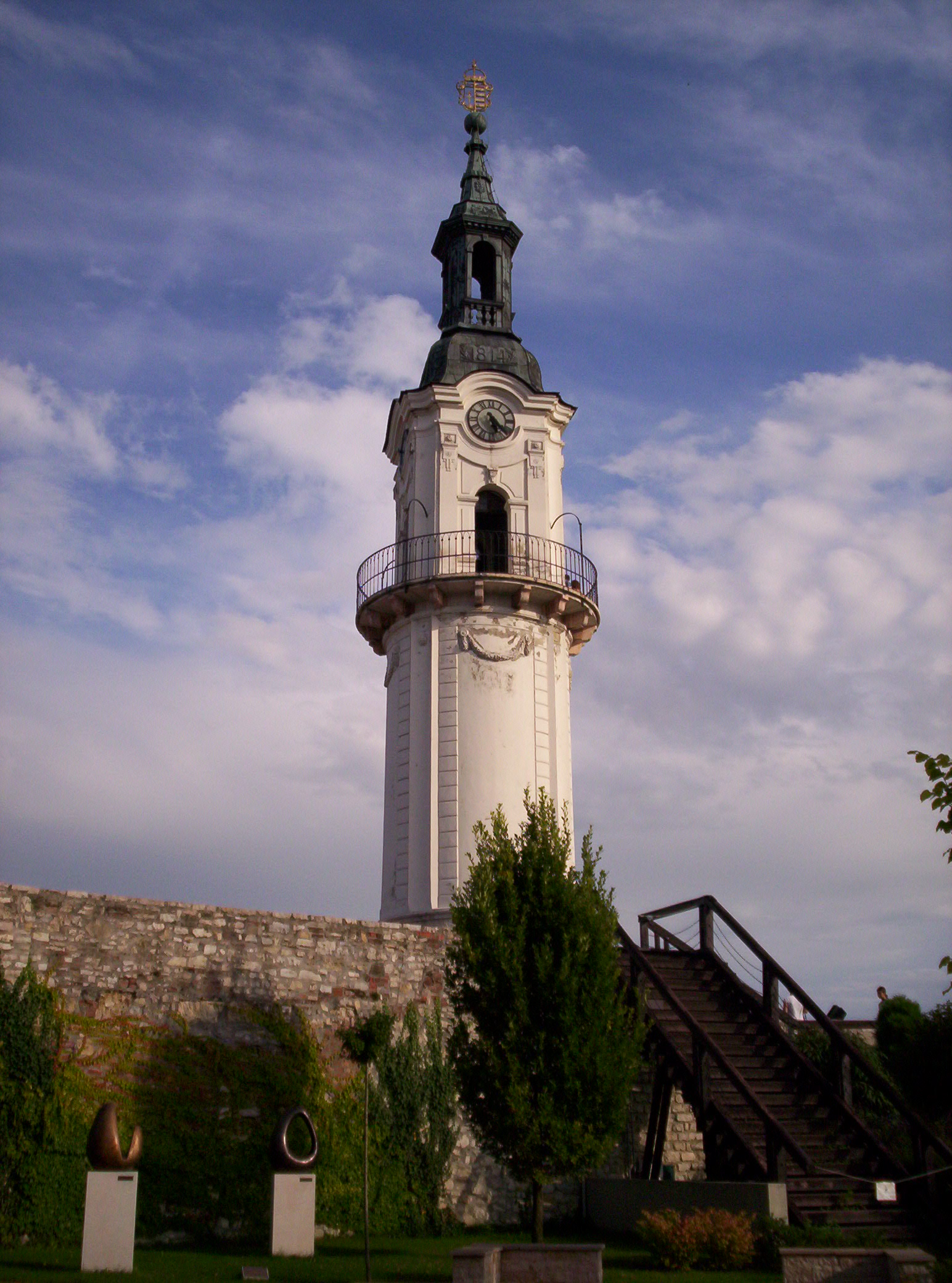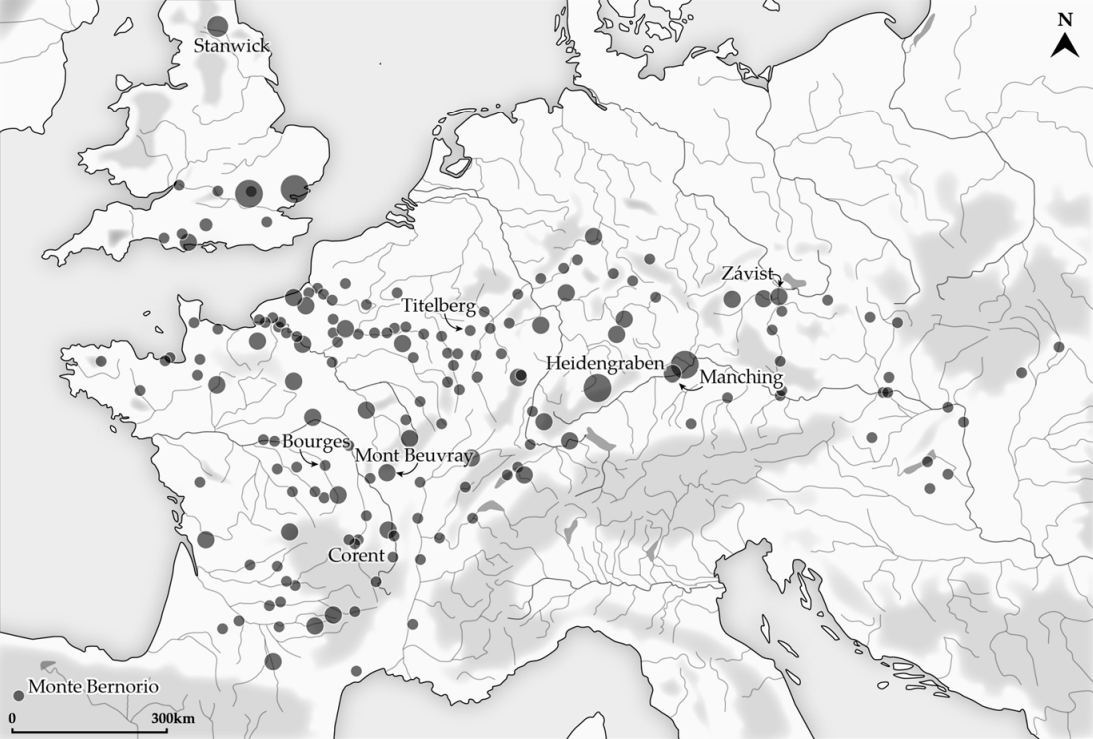|
Türje
Türje is a village in Zala County, Hungary. The village is located in the North-Eastern part of Zala County, near the great turn of Zala river, between the Keszthelyi Mountains and Kemeneshát Hills. The village has a railway station on the line of the Boba, Hungary, Boba–Őrihodos railway which is connecting the two local centers of Zalaegerszeg and Celldömölk. It is also connected with Zalaszentgrót by bus. History The foundation of the village may go back to the 10th century. The monastery of the Premonstratensian monks was founded at the beginning of the 13th century. In the old charters, the village was mentioned in 1234. In this time, the Türje (genus), Türje genera was the landowner of the village and the neighboring villages too. The provostry was a basic administrative center between 1268 and 1358. Its role in the economic transportations between Buda and Venezia gave emphasis to the development of the village in the 14th century. Turks destroyed the village ... [...More Info...] [...Related Items...] OR: [Wikipedia] [Google] [Baidu] |
Türje (genus)
Türje (''Tyürje'' or ''Türgye'') was the name of a ''gens'' (Latin for "clan"; ''nemzetség'' in Hungarian) in the Kingdom of Hungary. The Szentgróti (Szentgiróti), Orbonay and Zalabéry families belong to this genus. The village of Türje was first mentioned in 1234. The monastery of the premontre monks was founded at the beginning of the 13th century. In this time, the namesake kindred was the landowner of the village and the neighboring villages, including Zalaszentgrót too. Notable members *Joachim, ispán (''comes'') of Szeben County (1210), ancestor of the Szentgróti family *Gecse, ispán of Zala (1225) and Bars Counties (1236–1240) *Denis (d. 1255), voivode of Transylvania (1233–1234), ban of Slavonia (1241–1244/5), palatine (1245–1246; 1248) *Philip (d. 1272), bishop of Zagreb (1248–1262), chancellor (1262–1270; 1272), archbishop of Esztergom (1262–1272), first perpetual ispán of Esztergom County Esztergom County (, , , ) was an administrative c ... [...More Info...] [...Related Items...] OR: [Wikipedia] [Google] [Baidu] |
Zala County
Zala (, ; ; ) is an administrative county (Counties of Hungary, comitatus or ''vármegye'') in south-western Hungary. It is named after the Zala River. It shares borders with Croatia (Koprivnica–Križevci County, Koprivnica–Križevci and Međimurje County, Međimurje Counties) and Slovenia (Municipality of Lendava, Lendava and Municipality of Moravske Toplice, Moravske Toplice) and the Hungarian counties Vas County, Vas, Veszprém (county), Veszprém and Somogy County, Somogy. The seat of Zala County is Zalaegerszeg. Its area is . Lake Balaton lies partly in the county. History In the tenth century, the Hungarian Nyék tribe occupied the region around Lake Balaton. Their occupation was mainly in the areas known today as Zala and Somogy County, Somogy counties. Parts of the western territory of the former county of Zala are now part of Slovenia (Prekmurje, South-Prekmurje) and Croatia (Međimurje). In 1919 it was part of the unrecognized state of the Republic of Prekmurje, ... [...More Info...] [...Related Items...] OR: [Wikipedia] [Google] [Baidu] |
Zalaszentgrót
Zalaszentgrót is a town in Zala County, Hungary. The settlement incorporates the suburbs Kisszentgrót, Tüskeszentpéter, Csáford, Zalakoppány, Zalaudvarnok and Aranyod. Twin towns – sister cities Zalaszentgrót is twinned with: * Germersheim Germersheim () is a town in the German state of Rhineland-Palatinate, of around 20,000 inhabitants. It is also the seat of the Germersheim (district), Germersheim district. The neighboring towns and cities are Speyer, Landau, Philippsburg, Karlsru ..., Germany External links Street map Populated places in Zala County Türje (genus) {{Zala-geo-stub ... [...More Info...] [...Related Items...] OR: [Wikipedia] [Google] [Baidu] |
Hungary
Hungary is a landlocked country in Central Europe. Spanning much of the Pannonian Basin, Carpathian Basin, it is bordered by Slovakia to the north, Ukraine to the northeast, Romania to the east and southeast, Serbia to the south, Croatia and Slovenia to the southwest, and Austria to the west. Hungary lies within the drainage basin of the Danube, Danube River and is dominated by great lowland plains. It has a population of 9.6 million, consisting mostly of ethnic Hungarians, Hungarians (Magyars) and a significant Romani people in Hungary, Romani minority. Hungarian language, Hungarian is the Languages of Hungary, official language, and among Languages of Europe, the few in Europe outside the Indo-European languages, Indo-European family. Budapest is the country's capital and List of cities and towns of Hungary, largest city, and the dominant cultural and economic centre. Prior to the foundation of the Hungarian state, various peoples settled in the territory of present-day Hun ... [...More Info...] [...Related Items...] OR: [Wikipedia] [Google] [Baidu] |
Zalaegerszeg
Zalaegerszeg (; ; ; ) is the administrative center of Zala County, Zala county in western Hungary. Location Zalaegerszeg lies on the banks of the Zala River, close to the Slovenian and Austrian borders, and west-southwest of Budapest by road. History The area was already inhabited in the Upper Paleolithic, according to archaeological findings (the oldest ones in Zala county). Later, the area was inhabited by Celts. The first written mentions of the town are as ''Egerscug'' (1247) and ''Egerszeg'' (1293); the name means "alder-tree corner" and is probably a reference to the town's situation in the angle where two rivers meet. King Béla IV of Hungary, Béla IV donated the town to the diocese of Veszprém in 1266, so that it became Church property. As Egerszeg lay somewhat distant from Veszprém, however, the taxes paid by the town often ended up in the pockets of such local oligarchs as the Kőszegi family. In the 14th century, Egerszeg was the largest town of the area. Between ... [...More Info...] [...Related Items...] OR: [Wikipedia] [Google] [Baidu] |
Pernegg
Pernegg is a town located in the district of Horn in Lower Austria, Austria Austria, formally the Republic of Austria, is a landlocked country in Central Europe, lying in the Eastern Alps. It is a federation of nine Federal states of Austria, states, of which the capital Vienna is the List of largest cities in Aust .... Population References Cities and towns in Horn District {{LowerAustria-geo-stub ... [...More Info...] [...Related Items...] OR: [Wikipedia] [Google] [Baidu] |
Rákóczi
The House of Rákóczi (older spelling Rákóczy) was a Hungarian nobility, Hungarian noble family in the Kingdom of Hungary between the 13th century and 18th century. Their name is also spelled ''Rákoci'' (in Slovakia), ''Rakoczi'' and ''Rakoczy'' in some foreign sources. The family was named after Rákóc (Rakovec, now Rakovec nad Ondavou, Slovakia). The family originated from the Bogátradvány (genus), Bogátradvány clan which had Bohemian roots, according to Simon of Kéza's chronicle. The foundations for the family's wealth and power were laid down by Sigismund Rákóczi; some decades into the 17th century, the Rákóczis became the wealthiest aristocrats of Hungary. Most famous was Francis II Rákóczi, who led an unsuccessful revolt against Habsburg monarchy, Habsburg rule between 1703-1711, that was Rákóczi's War of Independence. Family legacy The last member of the family was György (''George'') Rákóczi, the son of Francis II Rákóczi, who died in France in 17 ... [...More Info...] [...Related Items...] OR: [Wikipedia] [Google] [Baidu] |
Vienna
Vienna ( ; ; ) is the capital city, capital, List of largest cities in Austria, most populous city, and one of Federal states of Austria, nine federal states of Austria. It is Austria's primate city, with just over two million inhabitants. Its larger metropolitan area has a population of nearly 2.9 million, representing nearly one-third of the country's population. Vienna is the Culture of Austria, cultural, Economy of Austria, economic, and Politics of Austria, political center of the country, the List of cities in the European Union by population within city limits, fifth-largest city by population in the European Union, and the most-populous of the List of cities and towns on the river Danube, cities on the river Danube. The city lies on the eastern edge of the Vienna Woods (''Wienerwald''), the northeasternmost foothills of the Alps, that separate Vienna from the more western parts of Austria, at the transition to the Pannonian Basin. It sits on the Danube, and is ... [...More Info...] [...Related Items...] OR: [Wikipedia] [Google] [Baidu] |
Veszprém
Veszprém (; , , , ) is one of the oldest urban areas in Hungary, and a city with county rights. It lies approximately north of the Lake Balaton. It is the administrative center of the county of the same name. Etymology The city's name derives from the West Slavic-language personal name ''Bezprem'' or '' Bezprym'' (Proto-Slavic ''Bezprěmъ'') which translates literally to "stubborn", "self-confident, not willing to retreat". ''Besprem'' (before 1002), ''Vezprem'' (1086), ''Bezpremensis'' (1109). The form ''Vezprem'' originates in early medieval scribal habits and frequent exchange of ''B'' and ''V'' under the influence of the Greek language. Location and legend The city can be reached via the M7 highway and Road 8. It can also be reached from Győr via Road 82 and from Székesfehérvár via Road 8. According to a local legend, Veszprém was founded on seven hills. The seven hills are Várhegy (Castle Hill), Benedek-hegy (St. Benedict Hill), Jeruzsálem-hegy (Jerusalem Hill ... [...More Info...] [...Related Items...] OR: [Wikipedia] [Google] [Baidu] |
Sümeg
Sümeg () is a town in Veszprém county, Hungary. Sümeg is mostly known for Sümeg Castle. It is north of Lake Balaton. Twin towns – sister cities Sümeg is twinned with: * Aichtal, Germany * Sovata, Romania * Tapolca Tapolca (; ) is a town in Veszprém County, Hungary, close to Lake Balaton. It is located at around . The town has an outer suburb, Tapolca-Diszel, approximately 5 km to the East. Etymology The origin of ''Tapolca'' is disputed, originat ..., Hungary * Vobarno, Italy References External links * in Hungarian Populated places in Veszprém County {{Veszprem-geo-stub ... [...More Info...] [...Related Items...] OR: [Wikipedia] [Google] [Baidu] |
Oppidum
An ''oppidum'' (: ''oppida'') is a large fortified Iron Age Europe, Iron Age settlement or town. ''Oppida'' are primarily associated with the Celts, Celtic late La Tène culture, emerging during the 2nd and 1st centuries BC, spread across Europe, stretching from British Iron Age, Britain and Iberia in the west to the edge of the Great Hungarian Plain, Hungarian Plain in the east. These settlements continued to be used until the Romans conquered Southern and Western Europe. Many subsequently became Roman-era towns and cities, whilst others were abandoned. In regions north of the rivers Danube and Rhine, such as most of Germania, where the populations remained independent from Rome, ''oppida'' continued to be used into the 1st century AD. Definition is a Latin word meaning 'defended (fortified) administrative centre or town', originally used in reference to non-Roman towns as well as provincial towns under Roman control. The word is derived from the earlier Latin , 'encl ... [...More Info...] [...Related Items...] OR: [Wikipedia] [Google] [Baidu] |





